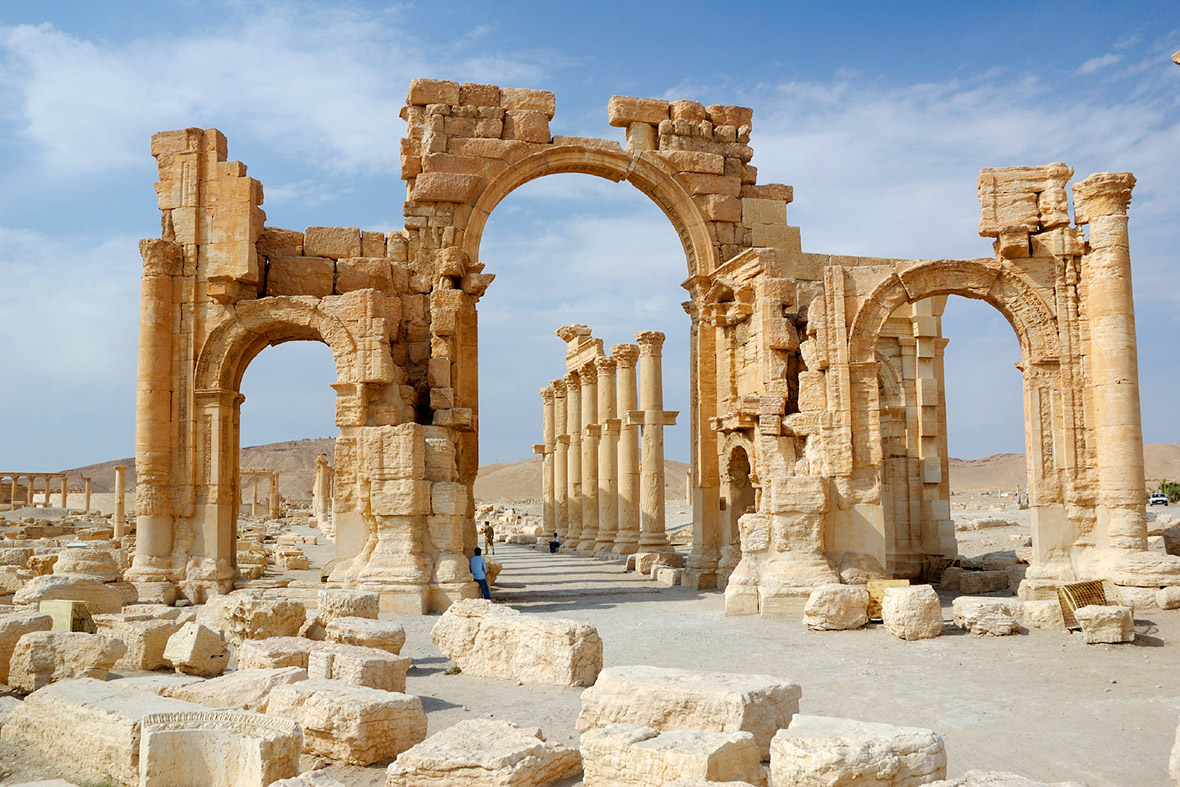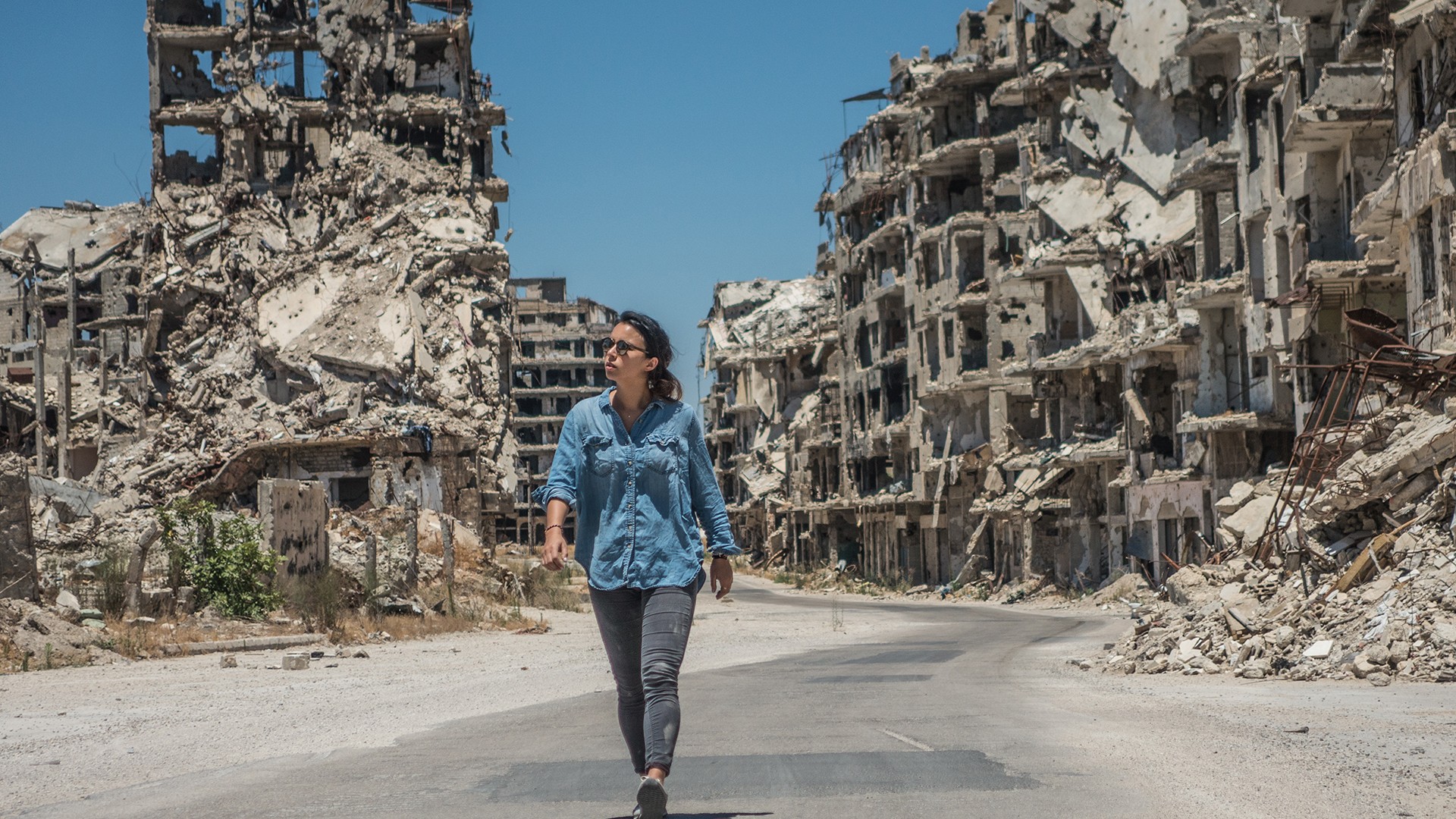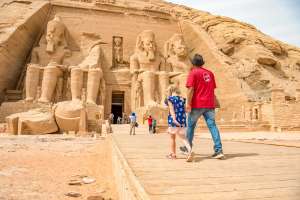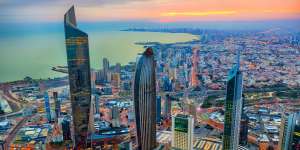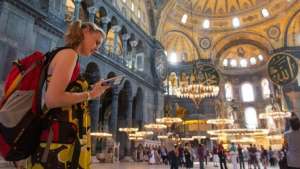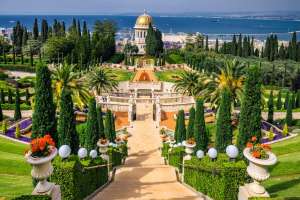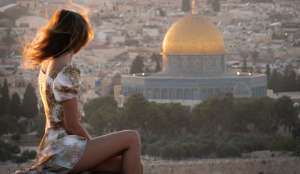Syria stands at the crossroads of humanity’s story—a land where civilization first learned to write, build, trade, and dream. Few places on Earth have witnessed as many empires rise and fall upon the same soil. From the dawn of agriculture to the birth of alphabets, from the temples of ancient Mesopotamia to the bustling courts of Islamic dynasties, Syria has carried the weight of human progress for more than ten millennia. Its cities—Damascus, Aleppo, Ebla, and Palmyra—are not merely old names in history books; they are living archives of humankind’s endurance and creativity.
Syria
Syria in 2025: Fourteen Years After War — The Full Story
Fourteen years after it began, the Syrian Civil War remains one of the most haunting chapters of the modern Middle East. What started in 2011 as peaceful demonstrations calling for reform spiraled into a catastrophic multi-sided conflict that redrew alliances, shattered cities, and displaced millions. Today, Syria stands at a crossroads — caught between fragile recovery and the lingering shadows of war.
The fall of Bashar al-Assad in 2024 marked a turning point. For the first time in over five decades, Syrians are navigating their future without authoritarian rule, yet the challenges ahead are immense. Reconstruction is slow, foreign forces still occupy strategic zones, and millions continue to live as refugees or in makeshift camps.
What War Did to Syria: Shocking Before-and-After Images
For centuries, Syria stood as one of the most culturally rich and historically layered civilizations in the Middle East. From the ancient ruins of Palmyra to the bustling markets of Aleppo and Damascus, the country carried the weight of countless empires and faiths that had shaped its soil. But in the last decade, this same land — once alive with trade, learning, and art — became synonymous with devastation and human loss. The civil war in Syria has not only taken more than 130,000 lives but also obliterated its heritage, its identity, and its very soul.


